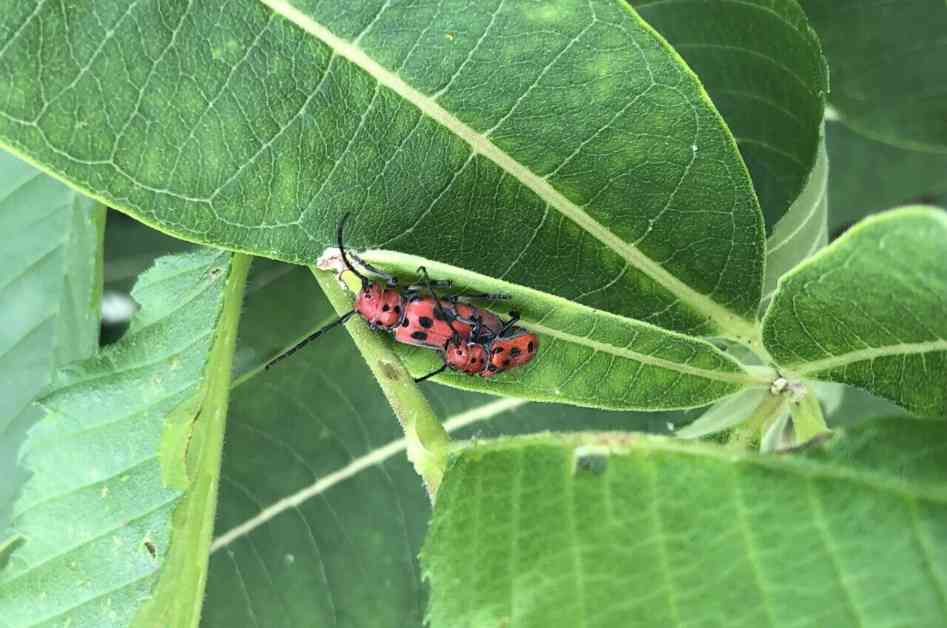The red milkweed beetle has long been a subject of study due to its ability to safely feed on toxic milkweed plants. Recently, researchers have successfully curated the beetle’s genome, shedding light on the genetic basis of this unique plant-insect interaction. This groundbreaking study, titled “Functional and evolutionary insights into chemosensation and specialized herbivory from the genome of the red milkweed beetle,” published in the Journal of Heredity, compares the genome of the red milkweed beetle to that of the Asian longhorned beetle, providing valuable insights into specialized herbivory.
One of the key findings of the study is the expansion of genes related to the ABC transport family in the red milkweed beetle. These genes play a crucial role in allowing the beetle to feed on milkweed plants and sequester toxins within their tissues, offering them protection from predators. The researchers also identified differences in genes responsible for smell, taste, and metabolic enzymes, providing a deeper understanding of how the beetle interacts with its toxic host plants.
The implications of this research extend beyond evolutionary biology, with potential applications in agriculture and human health. By identifying the genetic factors that enable beetles to feed on plants and resist control efforts, scientists can gain valuable insights into pest management strategies. The study also highlights the role of horizontal gene transfers from microbes in enabling beetles to break down plant cell walls, shedding light on the genomic basis of beetle biology and evolution.
In addition to studying the genomic DNA of the milkweed beetle, the researchers analyzed RNA samples from male and female beetles to understand how they use chemosensation to seek out mates and food. This transcriptomic resource provides a comprehensive view of the genes expressed in the beetles’ antennae, offering new insights into their sensory biology and behavior.
Overall, the genome of the red milkweed beetle offers a unique perspective on the intricate relationship between plants and insects. By unraveling the genetic mechanisms that underpin this interaction, scientists can gain valuable insights into insect-plant coevolution, as well as develop innovative strategies for pest management and conservation. This research represents a significant step forward in our understanding of the evolutionary processes that shape the natural world and holds great promise for future studies in ecology, agriculture, and beyond.













